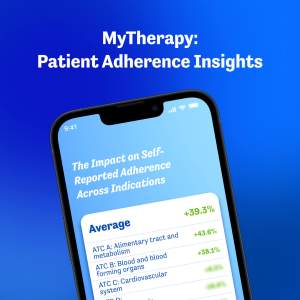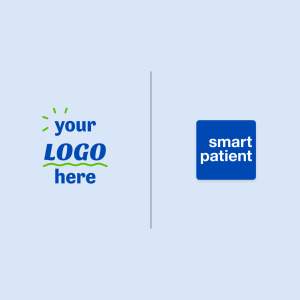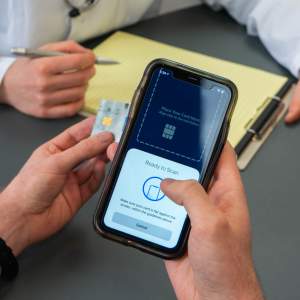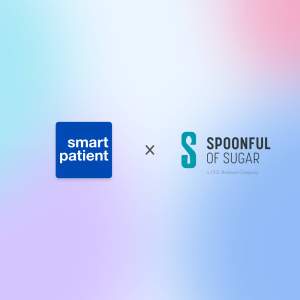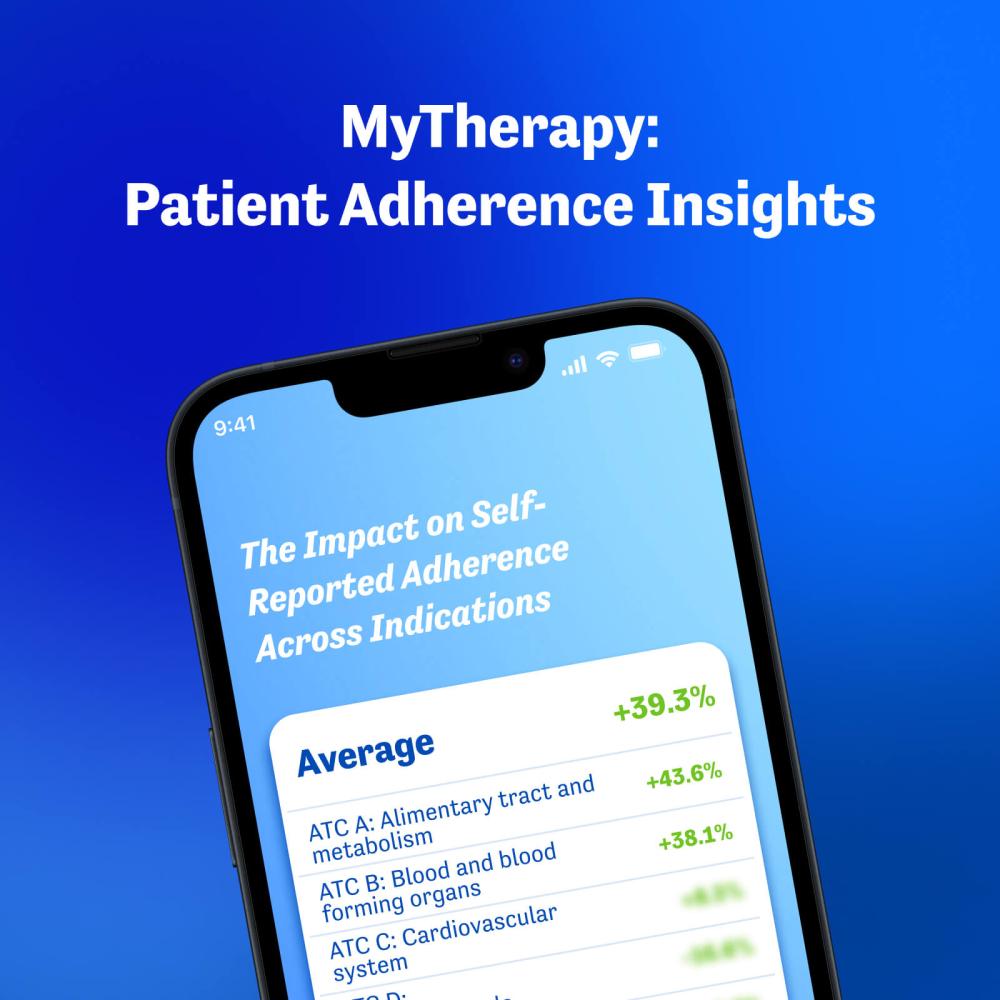Filling the Leaky Bucket: Rethinking Pharma's Commercial Strategies & Approach to Adherence
Pharma commits huge resources to commercial activities aimed at increasing HCP awareness and understanding of products. While this drives initial prescriptions, does pharma pay enough attention to what happens to those patients and the ‘leaky bucket’ caused by non-adherence and non‑persistence?
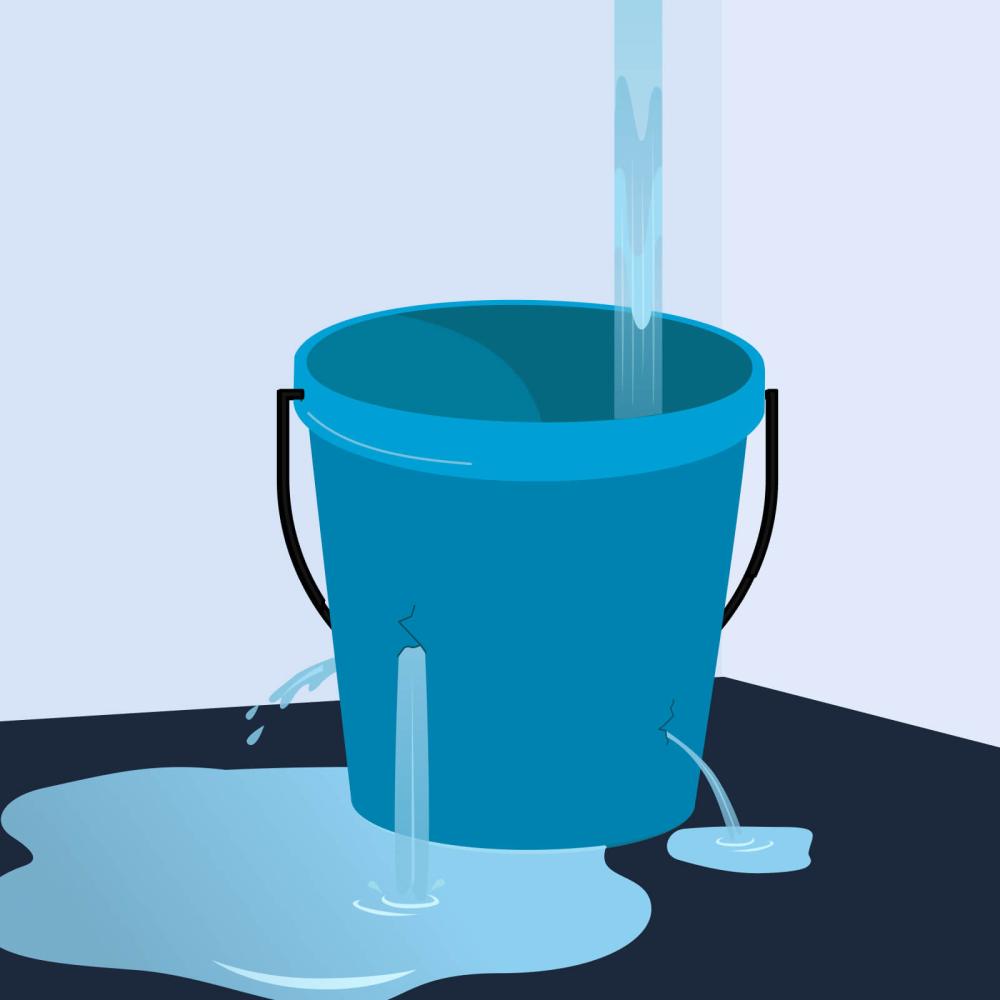
- Pharma dedicates vast resources to HCP engagement, with the ultimate aim of increasing prescriptions among relevant patient populations
- By largely ignoring adherence and persistence, however, pharma continues to “fill a leaky bucket” with its commercial strategy
- In placing greater emphasis on addressing the underlying causes of non-adherence and non-persistence, pharma can reduce the burden on HCPs, help support patient outcomes, and benefit commercially
Read how pharma’s current commercial strategies are not only akin to “filling a leaky bucket,” but how a cost-effective and scalable approach to improving adherence and persistence using digital patient engagement programs can offer a win-win-win for HCPs, patients, and pharma.
Pouring Resources into Prescriptions: Filling a Leaky Bucket
Pharma’s commercial strategies naturally lean heavily on HCP engagement, not least for new and often innovative products hitting the market. HCP engagement is obviously critical to the commercial success of pharmaceutical products and helps ensure that patients who stand to benefit from particular treatments are able to receive prescriptions.
However, what happens to these patients once the prescription has been made? From pharma’s perspective, that is broadly seen as a question for HCPs and patients’ healthcare teams. After all, they are the ones communicating directly with patients. Preventable non-adherence and non-persistence continue to be significant issues around the world and across therapeutic areas, though, and HCPs simply cannot be expected to address the complex and varied underlying causes by themselves.
Given the direct commercial consequences of non-adherence and non-persistence for pharma, pumping resources into HCP awareness while doing little to address non-adherence and non-persistence once those prescriptions have been made is analogous to continuously filling a leaky bucket.
Increasing Adherence & Persistence Among Existing Patients is a Win-Win-Win
Healthcare professionals’ resources are stretched to – and beyond – the limit, patients are suffering from poorer outcomes (including avoidable hospitalizations and deaths), and pharma companies are taking huge financial hits. It’s hard to apply human and monetary costs to non-adherence and non-persistence, but the latter is usually measured in the billions each year.
Despite this, the resources pharma companies direct towards improving adherence and persistence are relatively tiny.
Doing more to support patients, however, has the potential to relieve some of the burden on HCPs, improve patient outcomes and quality of life, and generate a positive return on investment for pharma. Plugging the leaky bucket, at least to some degree, truly represents a win-win-win for pharma.
So why is it not happening?
Many people working in pharma will argue that companies have attempted to improve adherence and persistence among their patients but have failed to have – or rather, failed to demonstrate – a meaningful impact. This attitude is particularly prevalent regarding digital patient support programs and patient engagement, which have long been touted as potentially powerful tools for addressing daily barriers to correct treatment intakes but often fall short of expectations.
Is it a case, therefore, that these tools are not as useful as once believed, or is it that the approach to their ideation, development, and deployment has often been flawed? In reality, many of the patient engagement tools pharma has launched over the years are not of the required quality, do not address identified barriers to adherence and persistence, and fail to gain adoption or long-term engagement among the target patient population.
Three Steps Pharma Needs to Take to Achieve an Impact
Non-adherence and non-persistence are undeniably complex topics. Besides financial reasons, people take their medications incorrectly for a host of reasons – both purposefully and by accident. There are three key steps pharma can take to address many of these:
1. Understanding the barriers to adherence & persistence: Many of the barriers are based either on beliefs or practicalities. For example, patients might believe that they are more sensitive to medications than average or hold concerns about long-term negative effects. Practical concerns might involve forgetfulness or physical challenges when it comes to intakes (e.g. self-injections).
Understanding barriers to adherence and persistence is one of the reasons we partner with Spoonful of Sugar, a company comprising of medicines-related behavior experts. Using their validated PROs and our MyTherapy platform, we can generate insights into barriers to adherence and persistence among broad or targeted patient populations.
2. Design interventions that address the underlying causes: Having identified barriers to adherence and persistence, the next step is to develop interventions that can make an impact. This can be as simple as content that is developed by experienced medical writers and addresses specific beliefs regarding a certain medication.
On the other hand, it can be reliable medication reminders that can be adapted to complicated medication regimens. In many cases, it is a combination of multiple interventions.
3. Deliver interventions at scale in a package that resonates with and engages patients: Finally, the intervention must be delivered to the right patient populations, at scale, and in a manner that engages users over time. This is where digital tools are perfectly suited to the task. Unfortunately, many digital tools that have been developed and deployed by pharma over the years have been done so without the foundations created by steps 1 and 2.
However, when designed to address key barriers to adherence, such tools can have a long-lasting positive impact.
Our MyTherapy platform has already demonstrated a positive effect on adherence among the general userbase. When enhanced with tailored modules for certain patient populations – those aimed at targeting identified barriers to adherence and persistence – the impact can be even greater.
Talk to Us About Running Adherence and Persistence Program on the MyTherapy Platform
When done well, digital patient support programs and patient engagement tools can have a positive impact on adherence and persistence and help pharma plug the leaky bucket.
Furthermore, by building on an established platform developed over the course of 10+ years, pharma can benefit from proven engagement, a rapid time-to-market, and far lower costs than developing from scratch. Along with tailored modules, this can help pharma achieve the win-win-win that comes with making a demonstrable impact on adherence and persistence.
If you are interested in running effective interventions among your key patient population, don’t hesitate to book a meeting. We can not only discuss how we can help you identify and address barriers to adherence but also how the data gathered can help you demonstrate an impact.
